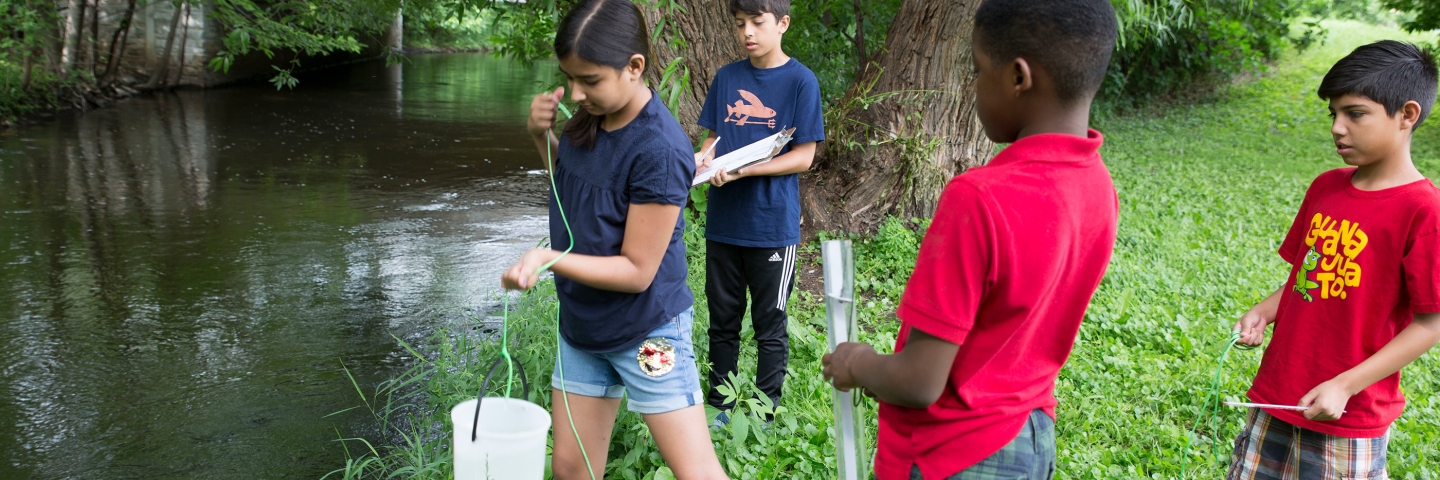We hope to make your monitoring experience as easy and enjoyable as possible. If you have any questions, or don’t find the resources you need, please contact us.
Submitting monitoring data
Volunteer water monitors can enter their water clarity data online via our e-Services portal or by mailing in the paper datasheet they receive each spring:
Lake ice reporting
Ice on
As winter begins, it's common for lakes to freeze, thaw, and refreeze, so a lake can have several ice-on dates each fall. We want to know the last ice-on date for each season, but also when lakes freeze for at least 24 hours and then thaw again. There can be a lot of lake ice activity in the fall and we are interested in collecting all the data you are able to gather.
Should I record it if the lake develops a thin layer of ice overnight that breaks up during the day? No, but record it if the ice lasts for more than a day.
Does thickness matter to the ice-on date? No. Record the date when the lake has continuous ice cover, regardless if it is safe for walking or driving.
How can I tell if the whole lake is covered with ice? If you see vapors coming off the lake in dark areas, the lake is open there. If you can’t see the whole lake, you should invent your own rule for deciding if ice cover has occurred, write down the definition, and send it to us when you send in your dates. For instance, your rule may be "I can see nothing but ice (no open water) from my house." The important thing is to be consistent in your decision from year to year.
Ice off
There is typically less activity to record during spring ice-off, with most volunteers submitting one ice-off date each spring.
When can ice-off officially be declared for a lake? Ice-off is the date when the ice is essentially gone from the lake. If there is some ice on shore, but the water is essentially ice-free, then the ice is out. If you have your own definition, which may be necessary on bigger lakes, write it down and send it to us. Your definition may be the ability to navigate a boat from point A to point B, or ice-free as far as you can see from your house. The most important thing is to be consistent from year to year.
What if ice forms again after it completely breaks up? Normally, lakes do not refreeze in the spring once the ice has gone. However, if ice does form again, record the date of the formation and the following ice-off.
